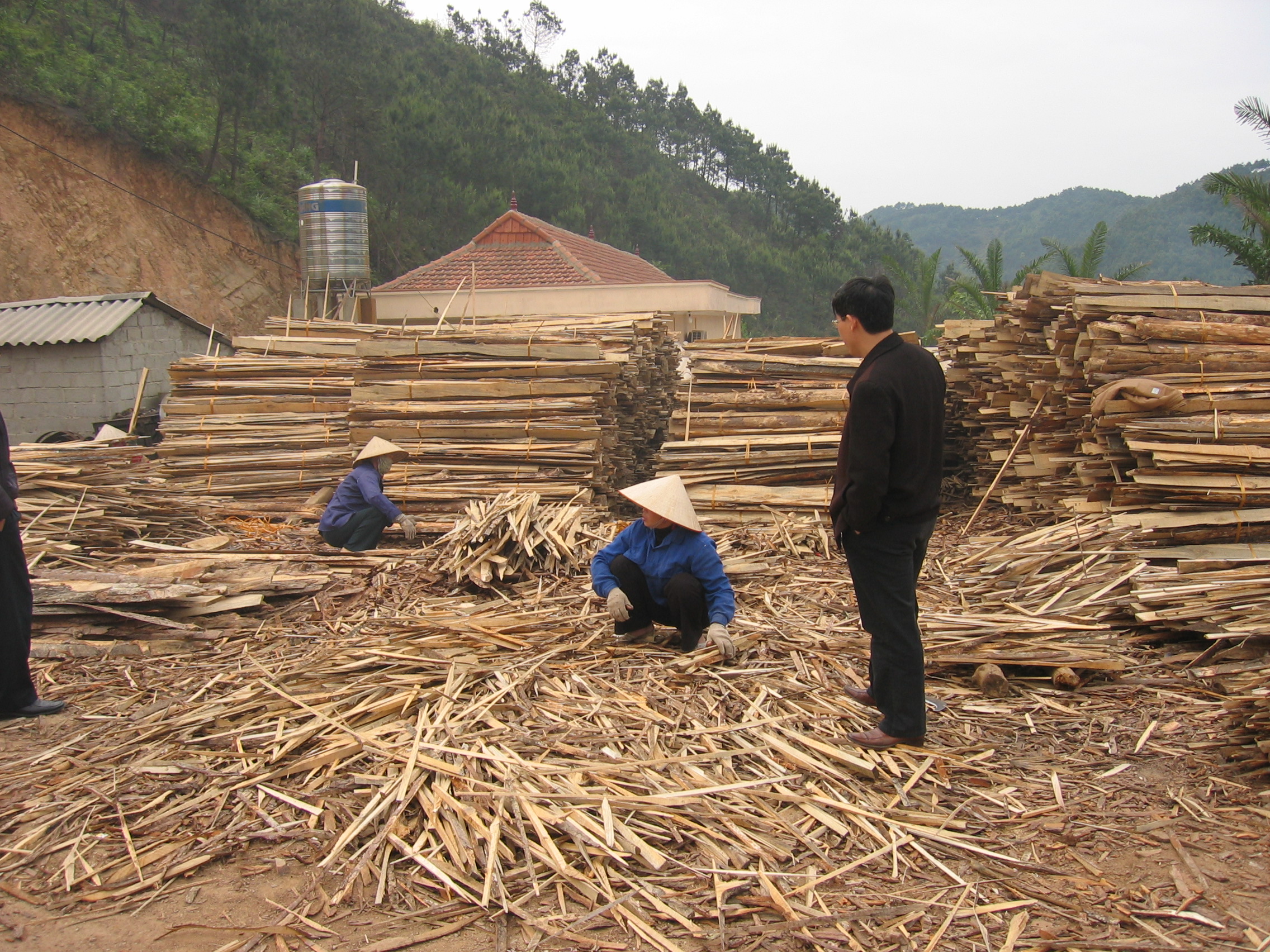Sustainable wood-based value chains can support a green transition in partner countries

date: 31/05/2022
Since 1990, we have lost 7 % of global natural forests, mainly due to the expansion of agriculture and pasture. At the same time, the global consumption of wood products has increased 50 %, and wood has been increasingly sourced from planted forests. In developing countries, in particular, the growth in population and urbanisation have translated into escalating material needs for housing and consumer products and an increasing energy consumption. Recent forecasts suggest that current global demand for wood products will double by 2050. How can this challenge be turned into an opportunity – maintaining heathy forests while satisfying the growing need for sustainable wood products?
There are opportunities to increase productivity and improve the sustainability of forest-based value chains. Raw materials (roundwood and other forest products) can be used for higher value-added products with more sustainable management regimes, efficient logistics and processing to supply local and regional markets. In Africa, there is an opportunity to use more wood in construction and for consumer goods as well as to produce and use wood-based energy in a more efficient way. At the same time, alternative clean energy sources can be promoted. This development path requires the cultivation of new skills and abilities, new products and applications, as well as financing.
Several forest-rich developing countries produce low value-added wood products only, using inefficient technologies and wasting large volumes of valuable raw materials. Consequently, many have turned into net importers of forest products.
Professionally managed natural and planted forests can increase carbon stocks and conserve biodiversity, while supplying deforestation-free and sustainable wood. Long-lived timber products, used in housing, for example, play a significant role in carbon capture and can replace non-renewable materials such as steel, concrete and aluminium, which have far higher carbon footprints than sustainably sourced wood. With an emerging need for affordable housing, especially in African urban hubs, wood can be part of the solution. In addition, wood products can be used for textiles and plastics which are often manufactured from unsustainable materials. A state-of-the art approach to wood-based value chains can create decent jobs and income for local communities in rural areas and increase the means needed to conserve forests and to supply ecosystem services.
To explore this topic, the European Commission’s Directorate General for International Partnerships (DG INTPA) will host a webinar, Forest-based value chains with focus on wood products, in September 2022 (date tbc), with international experts. It will be organised by the Forests for the Future Facility, which provides technical assistance to the European Commission to contribute to partner countries’ efforts towards healthy forest ecosystems and economic growth in Asia, Africa, the Caribbean and Latin America. The support services include the development of sustainable forest management and forest-related value chains.
